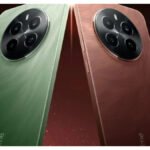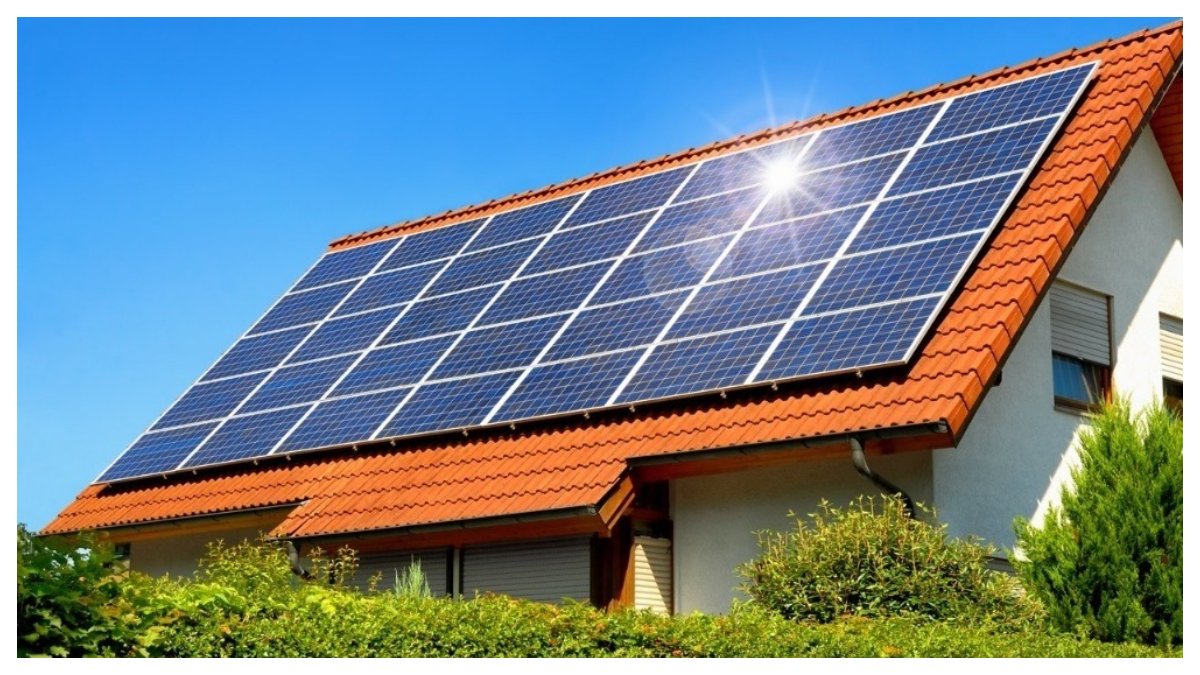These Different Types Of Solar Panels Are Providing Powering Tomorrow In this era of technology, we witness the emergence of various cutting-edge technologies. Among these, solar energy stands out as one of the most sought-after. In India, solar energy is being leveraged not only in rural areas but also in urban settings. Solar energy, which powers electrical appliances in our homes, is harnessed through solar panels. Have you ever wondered what components comprise a solar panel and how it functions to generate electricity? Today, we will delve into these questions to provide you with comprehensive insights.
Solar panels installed on rooftops are composed of photovoltaic cells that transform sunlight into electricity. These cells are sandwiched between layers of semiconducting materials like silicon, each possessing distinct electronic properties. Upon exposure to sunlight, the interaction of photons with these layers activates them, generating an electric field. This phenomenon, known as the photoelectric effect, produces the current essential for electricity generation.
Four Different Types Of Solar Panel
Monocrystalline solar panels
These Panels also known as single-crystal solar panels, are crafted from pure silicon, resulting in a black or dark blue hue. These panels are manufactured by slicing the silicon into wafers to create solar cells, typically round with trimmed edges. Half-cut solar panels are produced by halving the square-shaped cells of monocrystalline solar panels, effectively doubling the number of cells. Monocrystalline panels, derived from high-purity silicon, boast exceptional power generation efficiency. Presently, their latest generation panels are in high demand owing to their outstanding performance.
Due to being made of pure silicon, their efficiency is high. The average efficiency of this type of solar panel is 22%. It produces electricity rapidly.
Monocrystalline solar panels perform well even in cloudy weather. That means they produce electricity even in less sunlight.
These types of solar panels produce electricity with high efficiency at high temperatures. Their price is higher than polycrystalline solar panels. Because the process of manufacturing single silicon crystal solar cells (Czochralski method) is complex.
Polycrystalline Solar panels
Polycrystalline solar panels are also called multilayer solar panels because they are made of many silicon crystals. These are quadrangular. Generally, the color of polycrystalline solar panels is blue. This type of solar panels is made using the oldest technology. The manufacturing process of polycrystalline solar panels is easier than the manufacturing process of monocrystalline solar panels. Due to more crystals in the cells, there is less freedom and space for electrons to move. These are the most commonly used types of solar panels.
Polycrystalline solar panels have low efficiency in converting solar energy into electrical energy. Their average efficiency is 16-17%.
These types of solar panels do not work in low sunlight or cloudy weather. These work only when there is good sunlight.
There is a risk of polycrystalline solar panels getting damaged in extremely hot weather. The energy generated by them is lost due to the heating of the panels. Due to the ease of manufacturing process of polycrystalline solar panels, their price is lower than monocrystalline solar panels. That is why they are used the most.
Perc Solar Panels
Passivated Emitter and Rear Cell which is also called PERC cell or rear cell. The solar panel made by these cells is called a PERC solar panel. This type of solar panel has an additional dielectric passivation layer behind the cells. Due to this the photons are reflected back into the PERC cell and converted into electrical energy. Are being given.PERC solar cells are also manufactured as half cuts into mono and poly solar panels. It converts more energy than other solar panels
Due to the dielectric passivation layer in PERC solar panels, the energy coming from the sun is reflected back to the PERC cells through which they are converted. Therefore the efficiency of this solar panel is highest. Their efficiency depends on polycrystalline and monocrystalline PERC. There are twice as many cells in their half-cut.
Bifacial Solar Panels
Bifacial solar panels are solar panels made with the most modern technology. They absorb the sun’s energy from both sides and convert it into electrical energy. They produce 10% to 30% more electricity than other solar panels. These can also be installed in the workplace. Bifacial solar panels are mainly made of polycrystalline and monocrystalline cells. The amount of electricity a bifacial solar panel can produce depends on the Albedo light received from the back side. This is the best type of solar panel.
The efficiency of power generation by bifacial solar panels is high, its average efficiency is 27% to 30%.
Their installation can be done even in less space. And more quantity of electricity is obtained. Besides, they produce electricity even in cloudy and snowy weather.
Bifacial solar panels are expensive compared to other solar panels, hence they are rarely available in the market.


















